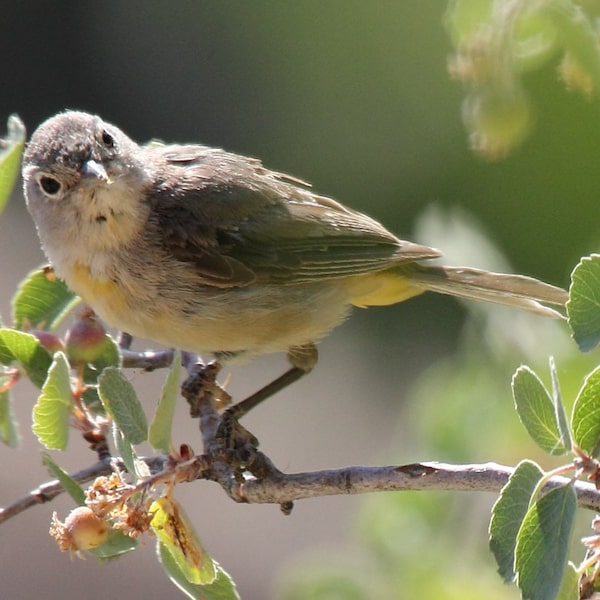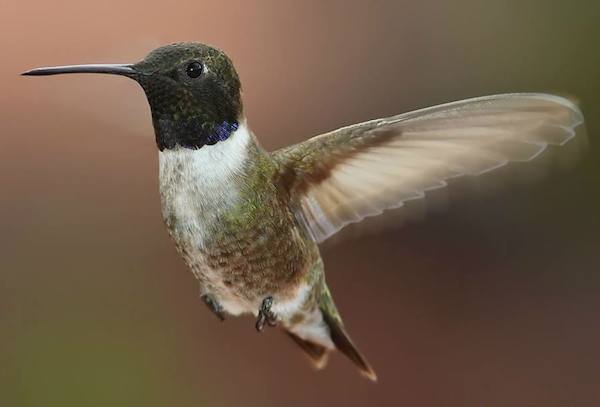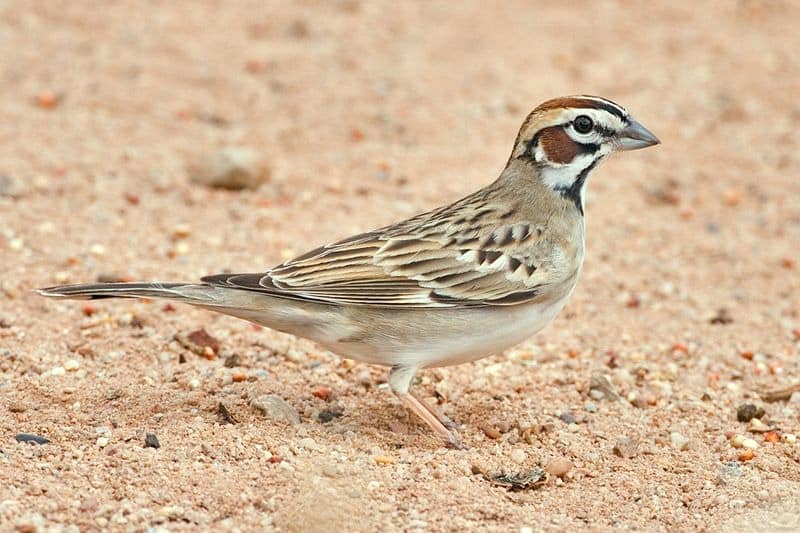Look for
House wrens are notable for their lack of field marks—the warm-brown upperparts and tail are matched by a grayish breast. Look closely at the house wren, and you’ll see a variety of small white and black spots, the only variation in the bird’s plumage. Males and females look alike and both have the wren-like habit of cocking their tails up when perched. The thin, slightly curved bill is ideal for capturing and eating the house wren’s insect prey.
Listen for
House Wrens have a song that really warbles. It is a long, high-pitched, liquid burble of notes in a jumble with a few harsh notes at the beginning. Also gives a harsh scold call: chit-chit-rrr-rrr-rrr!
Find it
Spending the summers in thickets and brushy edge habitat adjacent to woodlands, the house wren is a familiar bird in parks, backyards, and gardens, often—but not always—near human settlements. Some house wrens winter in the southernmost states in the United States, but many travel beyond our borders farther south.
Feed it
Insects make up the house wren’s diet (grasshoppers, crickets, spiders, and moths are on the menu), but they will also eat snails and caterpillars. Most of their foraging is done in thick vegetation on or near the ground.
Nesting Behavior
House wrens nest in a variety of cavities from woodpecker holes to natural cavities and nest boxes. Like Carolina wrens, house wrens will also nest in flowerpots, drainpipes, and other such sites. They are very competitive about nesting sites, often filling all or most available cavities with sticks. The male builds these “dummy” nests, and the female selects one in which to nest. The twig structures are lined with soft materials, such as grass or hair, and the female lays six to eight eggs. She performs the incubation duties, which last from 12 to 14 days. Fledglings leave the nest two or more weeks after hatching. House wrens are known to pierce the eggs of other cavity nesting birds in their territories.
WOW!
House Wrens can be very feisty when it comes to nest sites. They will pierce and discard the eggs of bluebirds and others who dare to build a nest in a site the House Wren feels it “owns.”




